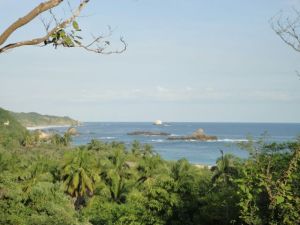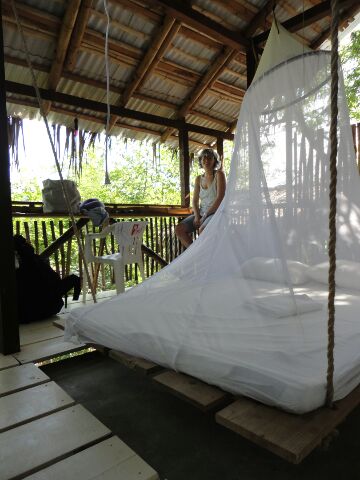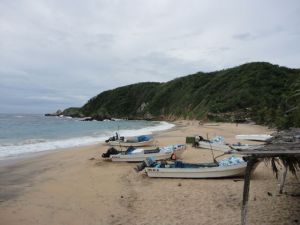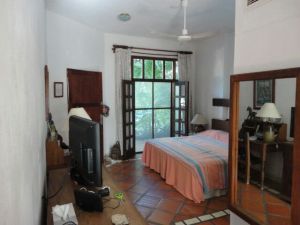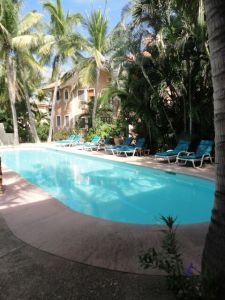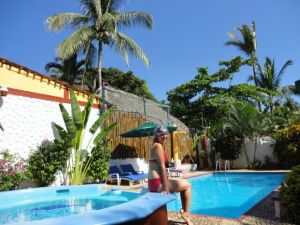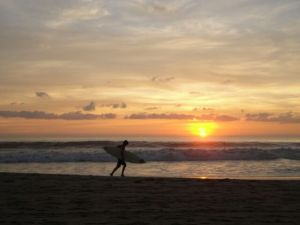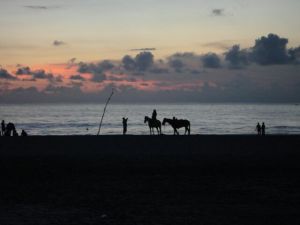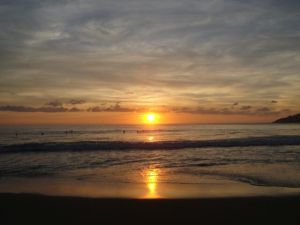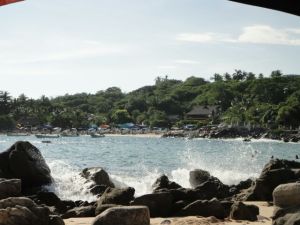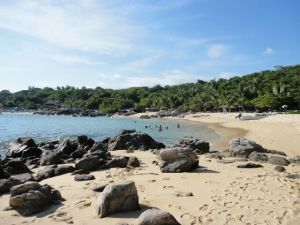Professors visit their Mexican Plantation
Posted: Saturday, January 24, 2015 12:10 am | Updated: 12:10 am, Sat Jan 24, 2015.
The Rock Island Tropical Plantation Co. was a public company incorporated in 1905 in Rock Island. The plantation was in Oaxaca, Mexico, on the Isthmus of Tehuantepec.
The company planned to raise crops and harvest timber. Capital stock for the company was $2,400,000. The public was offered shares in the company. Several former Swedish professors from Augustana College appeared to be either running the company or promoting it.
Two groups of three men visited the plantation in its early days to report their findings to interested investors. (Last week’s column covered the first group that included Rev. L.G. Abrahamson, H.E. Casteel and Dr. J.F. Myers.) In February 1908 former Augustana professors Dr. Johan Harold Josua Lindahl, Olof Z. Cervin and G.S. Atkinson went to the plantation to check on its prospects for success. The Lindahl group wrote reports of their trip.
When Lindahl arrived in Moline from his home in Chicago to prepare for the trip, G.L. Peterson, president of the plantation company, and Dr. J.A. Daniel, secretary, supplied him with money for the journey. Highlights of their trip follow:
Lindahl’s group reached Mexico City on Feb. 22. (The distance between Rock Island and Oaxaca, Mexico, on Google is 2,312 miles) Feb. 26 they reached Professor V.O. Peterson, plant manager, by telegraph.
They received instructions that the manager of the Joliet Plantation was sending saddle horses so they could visit his plantation. Later they went to Salina Cruz a seaport on the Pacific Ocean in the state of Oaxaca. They saw steamers transferring cargo to and from cars of the Tehauantepec Railway. So the men decided there would be adequate shipping for their lumber until the Panama Canal was opened. Their concern, however, was whether the railway would extend to their plantation. The condition of the roads was also a concern.
Next they visited Peterson and his family at San Geronimo and continued on to the temporary company headquarters at Sarabia. From there they rode saddle mules to examine machinery some distance from the company’s saw mills where it was needed. Their journey ended at the Coatzacoalcos River.
“The Modelo Plantation and our company have jointly established a ferry landing there,” wrote Lindahl in his report. Lindahl said they spent the night in “the heart of the primeval forest.”
Cerin saw that night differently. His back was already tender from riding a mule for six hours. They slept in the attic of an Indian hut with a tree trunk with notches cut into it for a stairway -- a shaky affair. The floor of the attic was built of small trees laid in one direction and branches roughly trimmed crossing these. On top were some palm leaves over which blankets were spread. Cerin had to rearrange himself about every 20 minutes that night.
“My two companions left me at Sarabia by the first train to Mexico City. I remained with Professor Peterson all Thursday, March 5, and spent two days at the Buena Ventura and La Junta plantations and at Sanborn,” wrote Lindahl. Lindahl was home March 14.
“In summing up my impressions regarding our company’s business I firmly believe in its great future and I am hopeful for good returns in the near future,” wrote Lindahl. He seemed to have glossed over the difficulty of moving machinery for the saw mills.
He worried, however, that uneducated native Mexicans would not be much help. “The well educated are generally the wealthy, who want no work and the intelligence of the average peon is not sufficient to learn, for example, how to interpret and apply the regulations in an internal revenue office. Another unforeseen hindrance is the planting of corn in a clearing as planned by Professor Peterson.” There had been an unusual amount of rain that February so the corn could not be planted as planned.
“In conclusion, I would say that our stockholders would do well in trusting implicitly in our present management and in giving them all the financial and moral support they possibly can. Much more money must be spent before any good results can be expected,” wrote Lindahl.
“Picture to yourself wandering in a tropical country, in a great forest of trees from 75-150 feet high where the Aztec Indians lived and roamed for years, where the grass and leaves are always green, where there are no seasons of the year. You can plant your crops any day of the month or any month of the year and you can be sure of returns. No such thing as drought or frost is known. Two or three crops of corn a year is not uncommon,” Atkinson said in his report.
Atkinson saw no reason the company should not succeed. “The element of time, however is an uncertainty. Anyone who has visited Mexico will be struck with the difference between the way business is transacted there and in the United States. I think however, that no agricultural proposition possessing the meritorious features of the one we went down to investigate can fail.”
Their plantation was in a “deep wonderfully cool and grand forest,” according to Cerin. “We never tired of looking at it. The air tasted delicious. It was not like the bleak, dusty plateau of the north where only the Yucca endured.”
He said of all the plantations they saw, theirs was the best.
(To be continued).
Marlene Gantt, of Port Byron, is a retired Rock Island school teacher.
